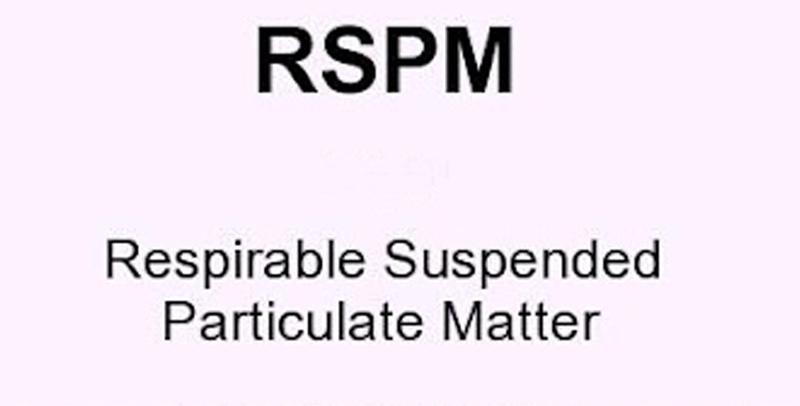RSPM continues to be much higher than national standards
Slackness in implementation despite pollution triggering ailments
Mohinder Verma
JAMMU, Oct 26: Even more than two and half years after the preparation of Action Plan, there is no significant improvement in air quality of Jammu and Srinagar cities with Respirable Suspended Particulate Matter (RSPM) continues to be much higher than national standards. This is mainly because of non-serious approach of all those agencies which are required to extend necessary cooperation to the Jammu and Kashmir Pollution Control Committee in implementation of decisions taken till date on the grave issue.
Official sources told EXCELSIOR that based on the data of five years the Jammu and Srinagar were declared as Non-Attainment Cities for not meeting the National Ambient Air Quality Standards (NAAQS) several years back and vide order dated October 8, 2018, the National Green Tribunal issued directions for preparation of appropriate Action Plan to bring the standards of air quality within the permissible norms within six months from the date of its finalization.
Accordingly, the J&K Government prepared revised Action Plan for control of air pollution in Non-Attainment Cities of Jammu and Srinagar in coordination with responsible implementation agencies. In the Action Plan, vehicular emissions from heavy traffic load; road dust due to bad road conditions; industrial air pollution (small and medium scale); construction and demolition activities; biomass and garbage burning and adulterated fuel were identified as main activities and causes of air pollution in Jammu as well as Srinagar.
However, even more than two and half years after the preparation of Action Plan, there is no significant improvement in the air quality of capital cities and the inhabitants of both the cities as well as the visitors are continuously inhaling pollutants, sources said while disclosing that as per the national standards the Respirable Suspended Particulate Matter (RSPM) should not exceed 60 micro gram per cubic meter but in Jammu and Srinagar the RSPM continues to be between 130 to 140 micro gram per cubic meter, which is a matter of serious concern.
Even the Union Ministry of Environment, Forest and Climate Change, in its recent data, the copy of which is available with EXCELSIOR, has not made mention of Jammu and Srinagar in the list of those cities which have shown decreased concentration of RSPM (PM10) for 2019-2020 and 2020-2021.
In Jammu as well as Srinagar, there are six each stations of the Pollution Control Committee to monitor the air quality but at none of these stations any significant decrease in concentration of RSPM has been noticed, sources disclosed, adding “the Ministry of Environment, Forest and Climate Change has come out with the recent data on the basis of information on Air Quality Data Entry System submitted by the concerned authorities of Jammu and Kashmir”.
“All this clearly indicates that all those agencies which are required to extend necessary cooperation to the Jammu and Kashmir Pollution Control Committee in the effective implementation of Action Plan and take corrective measures vis-à-vis identified causes and activities to improve the air quality are not taking much interest”, sources said, adding “it would be only after effective implementation of the Action Plan that inhabitants of Non-Attainment Cities of Jammu and Srinagar can inhale pollution free air”.
“As the National Clean Air Programme (NCAP), which is being implemented by the Government of India since 2019, targets to achieve 20 to 30 per cent reduction in pollution by 2024 across the country, how J&K would meet the targets with such a slack approach in the implementation of Action Plan for the Non-Attainment Cities remains a million dollar question”, sources said.
Each and every agency involved in the implementation of Action Plan must understand that air pollution is one of the triggering factors for respiratory ailments and associated diseases.
It is pertinent to mention here that the Indian Council of Medical Research (ICMR) under the Ministry of Health and Family Welfare along with Public Health Foundation of India (PHFI) and Institute of Health Metrics and Evaluation (IHME) has conducted the study ‘India State-level Disease Burden Initiative’.
The report titled “India: Health of the Nation’s States – The India State-Level Disease Burden Initiative” provided the distribution of diseases and risk factors across all States and Union Territories of the country from 1990 to 2016. The five leading risk factors for Disability-Adjusted Life Years (DALYs) includes child and maternal malnutrition, air pollution, dietary risks, high systolic blood pressure and high fasting plasma glucose.


